Today I am testing the second native 90° angle cable and, I can already spoil it, I have nothing to complain about. Because when the power supply cable collides with the side of the case, good advice is often expensive. Especially afterwards, when NVIDIA’s adapter has fused inextricably with the graphics card’s header. Seasonic now offers a special 90° angle cable for precisely such cases, which is designed to avoid this problem. Today’s test will examine what the cable can and cannot do.
Important preliminary remark
I am not responsible for the design and limitations of the new connectors and still consider them to be just about feasible as long as all external influences and the manufacturing quality are right. However, there is not much leeway for mechanical influences even with such adapters. It is therefore extremely important to sensitize the user to correct handling (visually, haptically and tactilely) and perhaps also to limit the power consumption to 450 watts. However, in today’s test I initially measured 517 watts and then 600 watts, whereby a portion is also supplied via the PCIe slot. And again, quality will (have to) be an important factor if it’s not just about feeling safe.
Technical data and reasons for the design
The fact that Seasonic, like be quiet!, only offers the angled cable in one version has very tangible technical reasons, which I have already explained in my article on the header quality and the comments on Asus’ flip header. When mounted horizontally in a PC, i.e. hanging and not standing (with riser cable), the cable on Ausus cards with flip headers leads downwards, but on the standardized sockets of all other manufacturers it leads upwards, which is usually what is desired. However, if the card is positioned vertically, e.g. in an extension with riser cable, the cable on the Strix runs towards the side panel, which is quite pointless, whereas on all other cards it runs to the rear, which makes more sense. I still wonder today why Asus made this, in my view, pointless rotation, which is also electrically disadvantageous, as the higher damage rates prove.
Seasonic has also decided to place the current-carrying cables only on the inside, as the possible bending and lever movements are less than with the cables on the outside with the larger bending radius. It is also important to note that the Seasonic manufacturer first bends the pre-crimped cables and then presses them into the connector before the straight section of the cable is cut to length. This has the advantage that the positioning of the cables is much easier and safer. This is laudable and certainly more resilient, but unfortunately rules out another variant.
What MSI has copied is the coloring of the connector terminal on the power supply side. As long as there is still some blue flashing in the eye, the connector is not far enough into the header. This is just another small safety feature, but you can really do it like this. You could even make it visible on both sides as standard, but the PCI SIG is obviously not just color-blind. I liked MSI’s idea at the time and I’m also with Seasonic when it comes to color highlighting.
If you then insert the connector really firmly and up to the connection point, the blue disappears from the field of vision and everything is fine.
We can see from the side view that it is possible to realize a real 90° angle case in such a small space with solid 16AWG cables and a secure sheathing, if the insulation of the cables is not as thick as with be quiet! but these cables remain somewhat more flexible. The secure locking of the upper half-shell on the connector is guaranteed in any case, even if you try to bend it open with brute force. Without tools and massive leverage, nothing will happen. The use of more flexible, weaker cables with thinner PVC sheathing has thankfully been discarded for safety reasons and I take my hat off to the manufacturer who managed to do this even with 16AWG.
The quality of the injection molding is decent, and here too you can’t really complain. The manual insertion into several different, even virgin graphics cards with 12V-2×6 Hweader was a little tight, but with an audible click. So that’s already a good fit. And yes, the adapter is also backwards compatible with the “old” 12VHPWR standard. So much for what I have to say before today’s test and will continue to say in future when it comes to testing such cables or adapters.
Those affected by possible failures are certainly in the per mille range and even then it is not clear where the user begins to bear at least partial responsibility and where the connector as such simply provokes errors. It is not without reason that I purchased an expensive Asus card for these tests, because I definitely want to include at least this factor.
Technical data
| Manufacturer | Seas0nic |
| Version | 12V-2×6 / 12VHPWR angled cable with 90° connector to 1x 16-pin PCIe 5.0 (ATX 3.x) |
| Length of the cable without connector | 70.2 cm (manufacturer 70 cm) |
| Weight | 155 grams |
| Cables | 12 wires (6x ground, 6x 12V) 4 sideband signal cables |
| Cables | 16 AWG 115 wires, each with a nominal cross-section of 0.12 mm tinned electrolytic copper |
| Insulation | UL94 (without details) |
| Price |
|














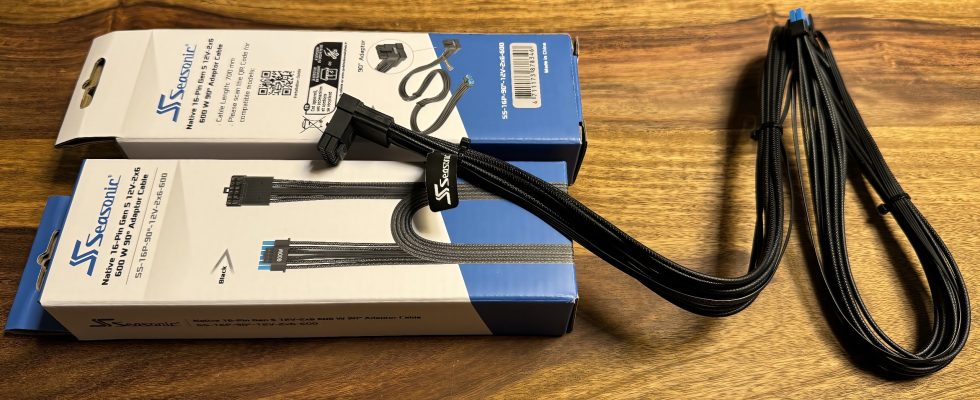
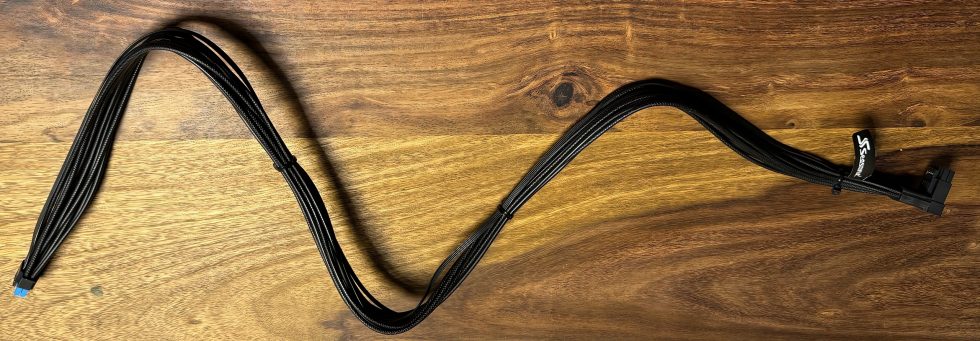
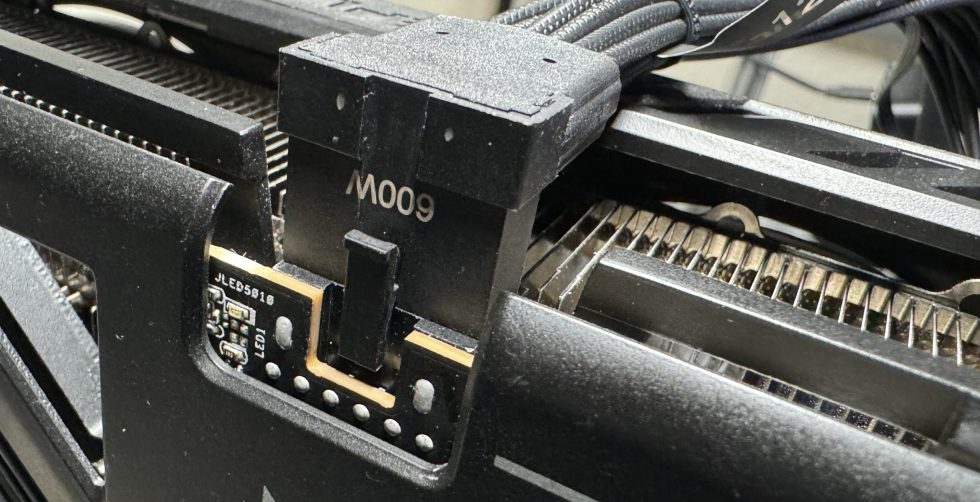
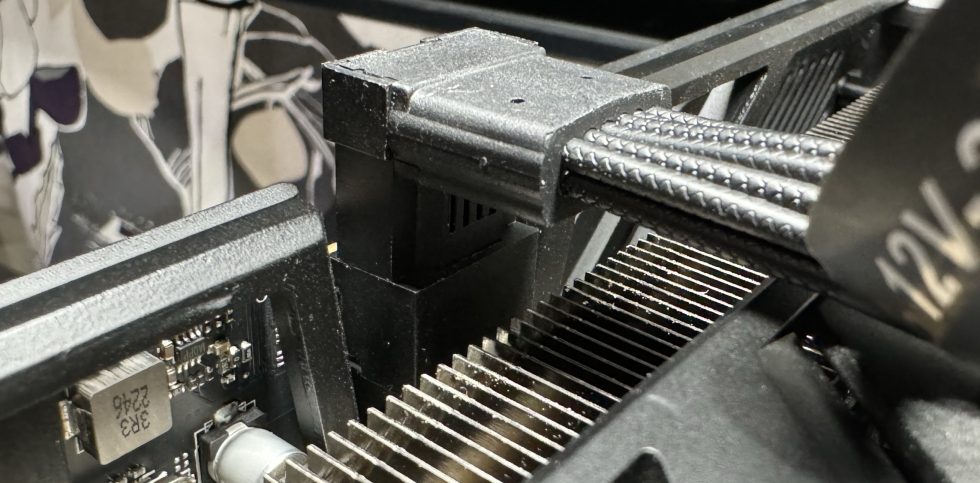
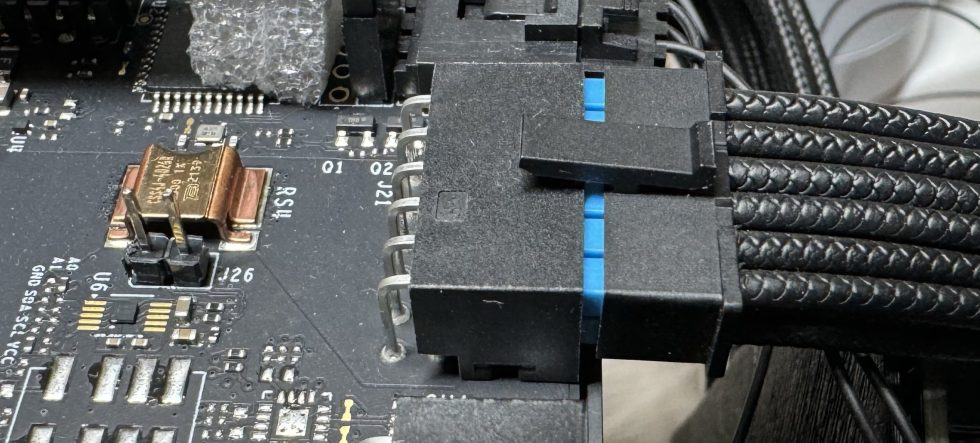
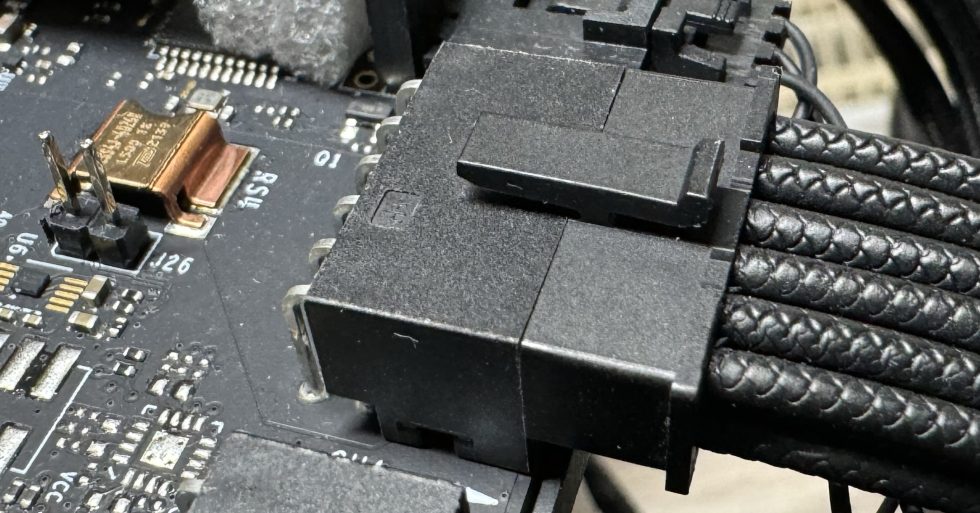
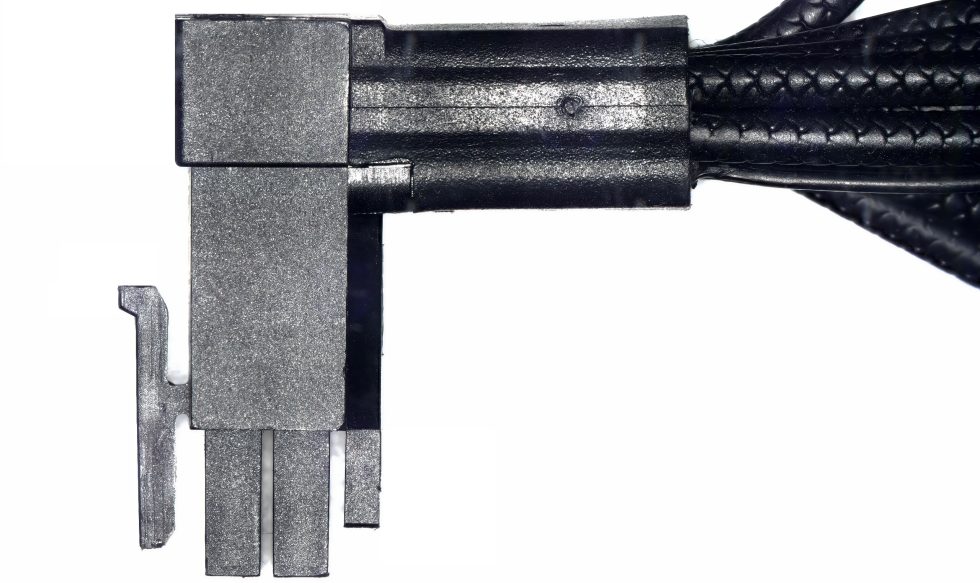


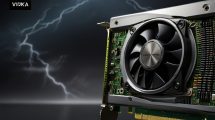
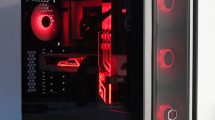
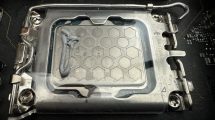


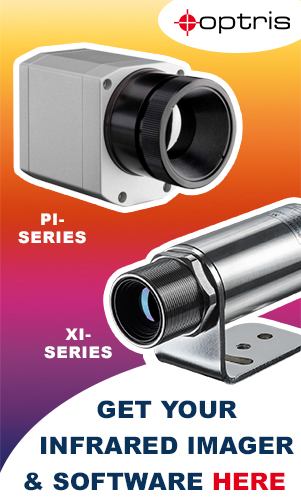
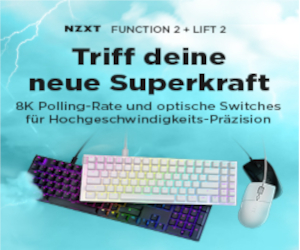
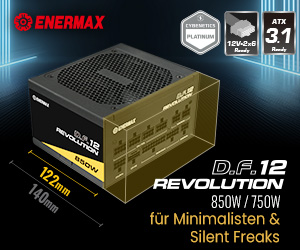

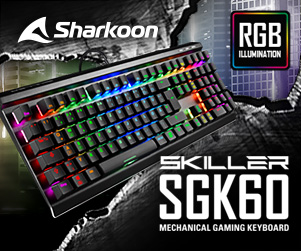
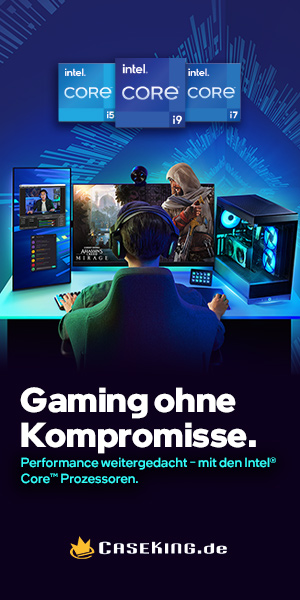
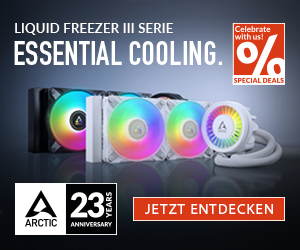
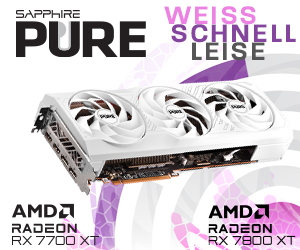
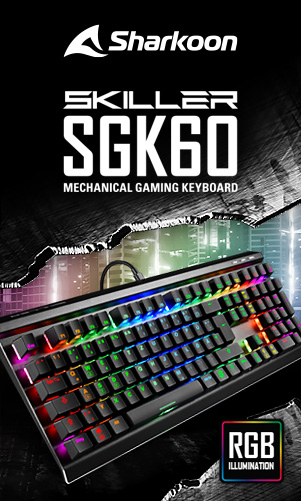

18 Antworten
Kommentar
Lade neue Kommentare
Urgestein
1
Neuling
Urgestein
Veteran
Mitglied
1
Veteran
1
Veteran
Urgestein
Mitglied
Veteran
Mitglied
Urgestein
Mitglied
Mitglied
Urgestein
Alle Kommentare lesen unter igor´sLAB Community →